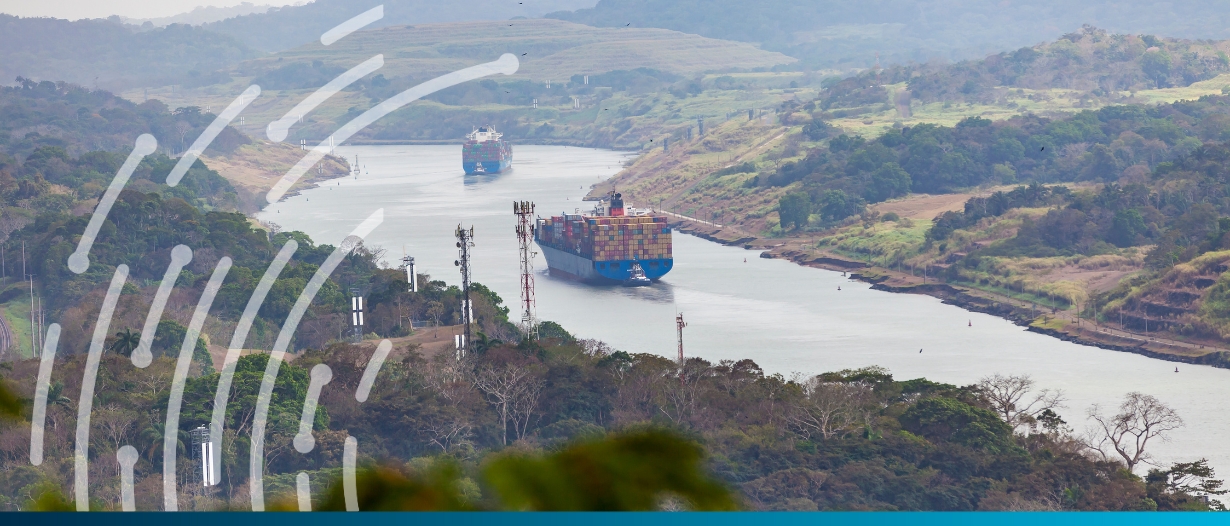Estimated reading time: 0 minutes
A prolonged drought beginning last year has led to a 36% reduction in ship crossings at the Panama Canal, a crucial global trade passage.
Panama’s authorities announced on Wednesday that the new restrictions are likely to have a more substantial economic impact than initially anticipated.
According to Panama Canal Administrator Ricaurte Vásquez, the canal could suffer a financial loss between $500 million and $700 million in 2024 due to lower water levels. This figure is markedly higher than the earlier estimate of $200 million.
The intense drought in Central America has disrupted operations along the 50-mile (80-kilometre) waterway, leading to a backlog of ships and casting doubt on the canal’s dependability for global shipping. The situation raises concerns about its impact on international trade.
“It’s vital that the country sends a message that we’re going to take this on and find a solution to this water problem,” Vásquez stated.
This disruption coincides with a critical period. Hostilities involving Yemen’s Houthi rebels in the Red Sea have forced ships to avoid this key route for consumer goods and energy supplies, exacerbating the situation.
The combined effect of these events is causing delays in shipments and increased transportation costs globally. Analysts note that companies considering rerouting via the Red Sea, a major passage between Asia and Europe, to bypass Panama Canal delays now face limited options.
On Wednesday, Vásquez announced a reduction in daily ship crossings to 24 from the usual 38. He also noted a 20% decline in cargo and a decrease of 791 ships compared to the same period last year in the first quarter of the fiscal year.
Vásquez acknowledged the noticeable reduction for Panama but mentioned that improved water management and increased rainfall in November have maintained adequate water levels for 24 ships to pass daily until the end of April, the onset of the rainy season.
The drought is attributed to the El Niño weather pattern and climate change. Canal authorities emphasise the urgency for Panama to find new water sources for both the canal and human consumption. The lakes supplying the canal also provide water to over half of Panama’s population of more than 4 million.
“The water problem is a national problem, not just of the Canal,” Vásquez commented. “We have to address this issue across the entire country.”























